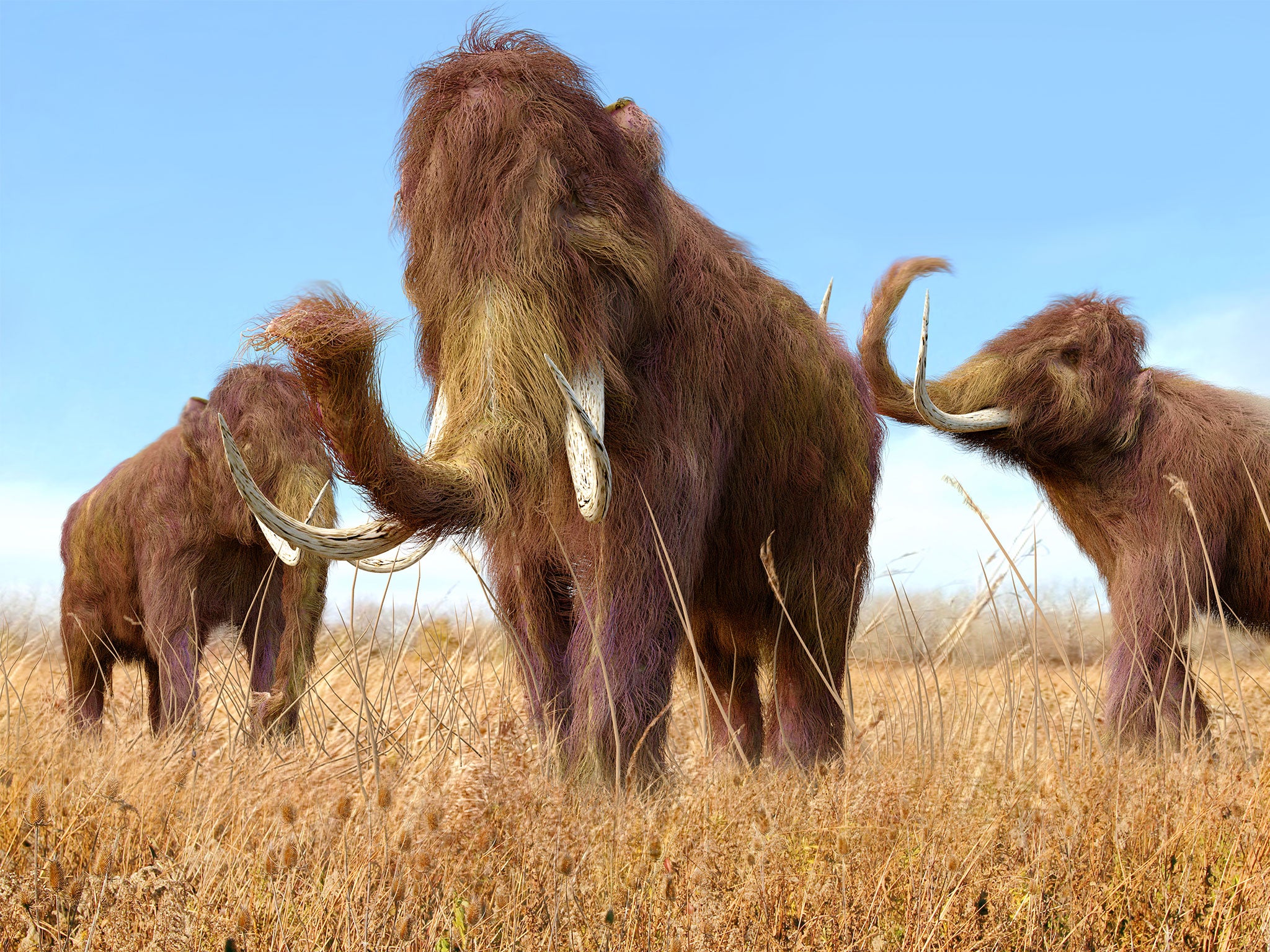Antarctica could go green as a result of climate change, scientists warn
Experts say level of carbon dioxide in atmosphere could lead to conditions comparable with three million years ago

Man-made climate change could turn Antarctica green, with plants colonising the land as ice sheets shrink, scientists have warned.
Experts believe clues about the future of the planet can be gleaned from the Pliocene period three million years ago, the last time carbon dioxide levels in the atmosphere were as high as they are today.
Carbon dioxide levels in the atmosphere reached 400 parts per million (ppm) on average in 2015 for the first time since records began, World Meteorological Organisation figures show.
There is likely to be a “lag” before the true effects of reaching such a threshold are felt, Professor Martin Siegert, co-director of the Grantham Institute as Imperial College said.
However, he added, looking to the Pliocene era could offer clues as to how humans might deal with the challenges this creates.
During this period, sea levels were around 15 metres higher and temperature estimated to be between 2C and 3.5C warmer than now.
“[If] you put your oven on at home, and set it to 200C, the temperature doesn’t get to that immediately,” Prof Siegert said. “It takes a bit of time, and it's the same with the climate.”
Professor Dame Jane Francis, director of the British Antarctic Survey, said remnants of the forests of Antarctica have been found, which are probably dated to the Pliocene age.
“The really important significance of this is that we've got 400 ppm now, and if we had 400 ppm in the past, this is maybe where we are going back to,” she said. “Which is the ice sheets are going to shrink at times, not all the time but at times... which may allow plants to colonise in Antarctic land again.”
Before the industrial revolution in 1850 carbon dioxide levels were about 280 ppm and since then the temperature has increased globally by around 1C, Prof Siegert added.
“What it means is that by the end of this century, we might expect another 1C,” he said.
If carbon dioxide emissions continue at current rates, levels could soar to 1000 ppm by 2100, he added.
This is the same as estimated levels around 100 million years ago, when dinosaurs roamed the earth and Antarctica was warmer and much greener.

He called for global action to reduce the amount of carbon dioxide in the atmosphere.
“The consequences of what we have done over 150 years will continue into the future, so it's up to us to do something,” Prof Siegert said. “We will be judged in history on how well we respond to this issue, and at the moment we're not doing a very good job.”
Additional reporting by PA
Join our commenting forum
Join thought-provoking conversations, follow other Independent readers and see their replies
Comments
Bookmark popover
Removed from bookmarks